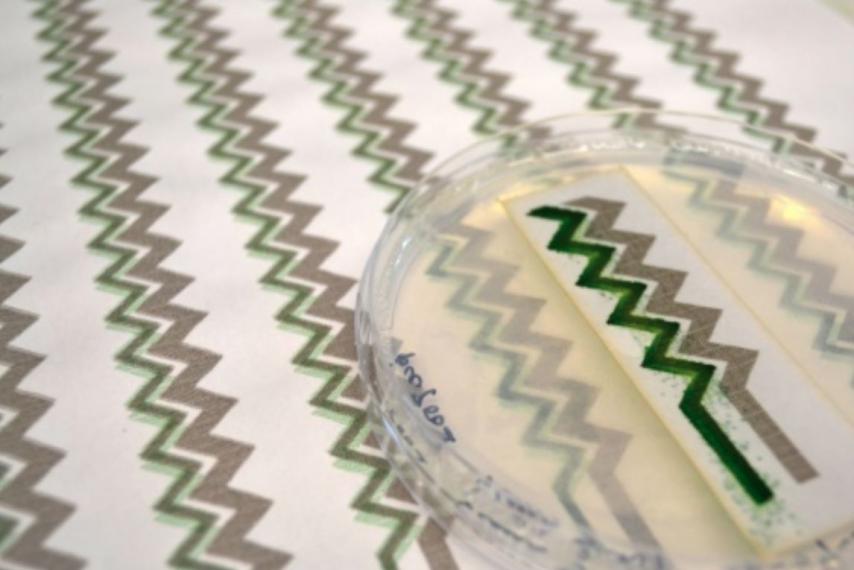
Oregon’s governor pens an executive order mandating “solar ready” new homes within about three years, California expects to get 50 percent of its energy from renewables by 2020, and a next-generation solar panel method using living organisms in this week’s Solar News Roundup.
“Solar ready” homes become law in Oregon
Governor Kate Brown of Oregon took an important step in promoting solar last week, signing an executive order that mandates all homes built after September 2020 have interior wiring capable of hosting a rooftop solar energy system. This would allow any homeowner with a home built after 2020 to purchase a solar panel system and not have to worry about retrofitting their home.
According to the Oregon Environmental Council, the executive order gives homeowners an incentive to install solar panels. Jana Gastellum, the climate program director at Oregon Environmental Council, described the council’s reasoning: “It gets your home set up and ready for solar panels so if you choose them in the future, half your work is already done.” She also addressed the added incentive a solar ready home adds to installing solar panels, noting, “If you make it easier to install solar panels it means more solar panels will be installed.”
California projects 50 percent renewable energy by 2020
A report released this week by the California Public Utilities Commission projects that the state will get half of its electricity from renewables by 2020. This projection shatters expectations set by recent legislation: in 2015 Governor Jerry Brown signed legislation setting 2030 as the deadline for 50 percent of energy from renewable sources. The law jump-started a flurry of new wind farms and solar power plants across the state, which led to a 77 percent drop in the price of solar energy between 2010 and 2016.
29 states have created renewable energy portfolio plans, but almost none have been as successful as California. A few notable goals are Hawaii’s pledge to reach 100 percent renewables by 2045, and Vermont’s goal to hit 75 percent renewables by 2032.
“We don’t want to do nothing and just sit there and let the climate get worse,” Governor Brown said to reporters. “California is all in.”
Living solar panels: a next-generation solar solution?
Solar panels in the near future may be powered by photosynthesizing cyanobacteria, thanks to researchers in London who have created a bio-solar panel that can be printed onto paper. This new ultra-thin panel would be made from cyanobacteria printed out like ink alongside conductive carbon nanotubes. The final product would resemble wallpaper, capable of photosynthesizing and finding applications as both sensor-type products and power producing solar devices.
Referred to as biophotovoltaics (BPV), these types of organic devices are exciting for many reasons, including low costs and scalability. They can be printed using standard, off-the-shelf inkjet printers, which make production of the technology simple. In the near future these BPV technologies could find applications on tall buildings where traditional solar panels are difficult to retrofit.






